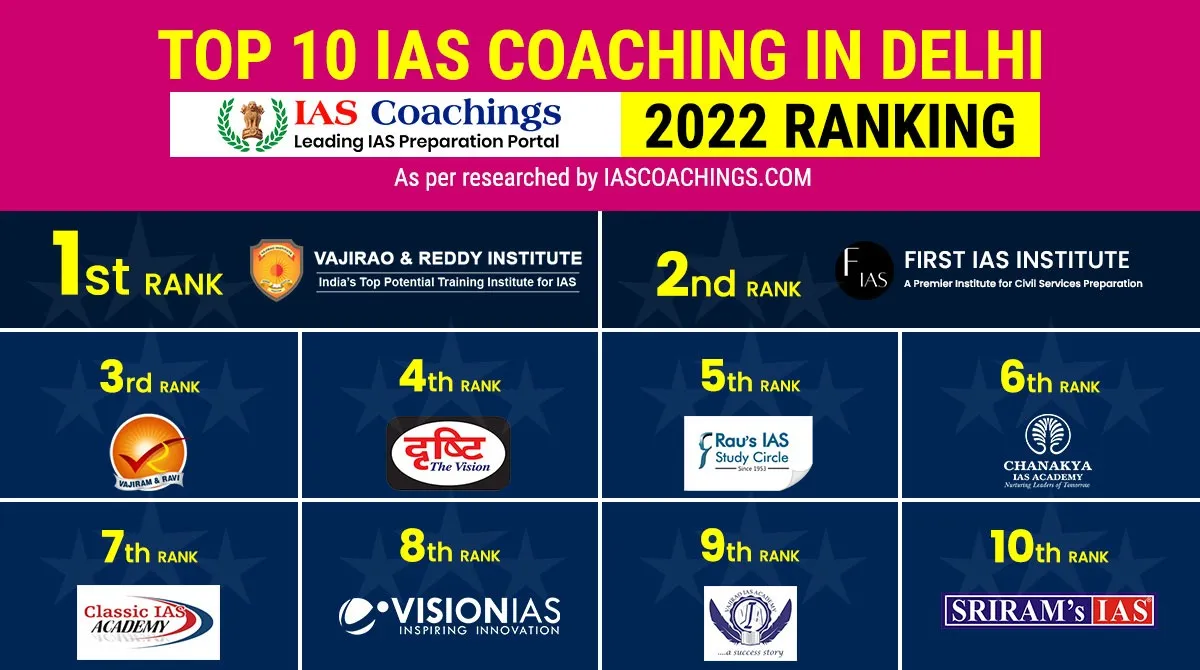I used to be an organic ucdm. You take the “raw ingredient” fresh from the horse and let it lie and develop in what is referred to as a “compost pile.” After a year, you put that compost stuff on the seeds and baby plants. Behold how it makes the veggies and fruits sprout and mightily grow. When the plants mature and produce, you get to eat succulent tomatoes and cucumbers. Yum.
Books, like compost, get good things to grow in organizations. Over the years of coaching and annoying companies, it has become clear to this baldy that books have the power to change. Reading specific, specially selected books can create an environment conducive to causing and creating organizational change and development. When a management group reads the same book, it is like they have had a common experience with a common language to communicate with each other more effectively. So, what does that get you?
Generate Alignment the Easy Way
Reading the same book gets executives of the company on the same page when talking about a topic. After everyone has been reading the same title, the readers share a common vocabulary. Groups reading together enhance understanding and the acceptance of new ideas. Even when the leadership team does not agree on the ideas of the book, or how those notions should be implemented, the executives now have parameters from which to debate and explore issues.
For example, I have seen business teams put together really terrific customer service programs after reading Raving Fans by Ken Blanchard. Heck, after reading that book I’ve seen teams discover for the first time that having “raving fans” customers could be a very good thing. Before reading that book, they did not have the distinction “raving fans” nor interest in having raving fan customer service.
Case in point: One company, after reading Raving Fans, put into practice using a survey that asked their customers: “Are you satisfied with our service?â Yes or no? And why?” Another question was, “Are you one of our raving fans? Yes or no? And why?” This type of survey gave employees lots of feedback. It also focused them on converting their customers into “raving fans.” For this company, that step alone was a big step forward and a triumph over the past.
I have also seen teams communicate better after reading The Seven Habits of Highly Effective People by Stephen R. Covey. And, after reading Blue Ocean Strategy by W. Chan Kim and Renee Mauborgne, some executives actually have a transcendent moment and see God. They then alter how they think about and create their new services and products.
Awaking to Fresh Possibilities
Here is an example of the power of a book. About two years ago, I was working with a company that runs homes and offers services for the disabled. They are a for-profit company and they are fairly large: $100M. They have an employee stock-ownership plan (ESOP) that provides a way for employees to own stock in their company. I’m not going to get technical here, nor engage in a conversation about the benefits of ESOPs. It suffices to say that this company marketed itself as “employee owned” both in its marketing material and how they answered the phone.
What disturbed the leadership of this company is that few of the employees could relate to being an owner nor see how being employee-owned company benefited them. As I explored this situation with the leadership group, it became abundantly clear that no one in the leadership group could relate to being an owner nor saw any benefit to the ESOP. Whenever the CFO went into the nuances and benefits of the ESOP, everyone promptly went to sleep, or rolled their eyes, or rolled their eyes as they went to sleep.
I have coached and conducted strategic planning in some very successful ESOPs. I have seen the value of ESOPs as a tool to motivate and focus employees. When ESOPs are working well, the value is that the employees truly see themselves as owners and their work as business people is to build the value of the company. These employees relate to customers as owners would and take great interest in ensuring that the customers are raving fans and repeat buyers.
After assessing the situation, and mulling things through in my genius brain, I invited this leadership group to read the book Open-Book Management by John Case. To be honest, I did not invite them, I made them read it. Well, it was assigned and heck, they just had to do it. This book is about the various ways companies used to have everyone embrace being effective business people and being responsible for the financial future of the company.




